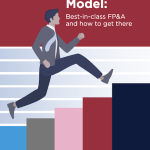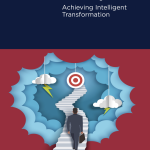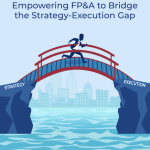
Figure 1: Toronto FP&A Board №8, March 2024
On March 7th, 2024, the 8th in-person gathering of senior finance professionals took place in Toronto. With 40 attendees from companies such as Walmart, Scotiabank, Arthur J. Gallagher, Sysco, High Liner Foods, Del Property Management, and many others, the session provided diverse perspectives on the topic dedicated to creating a transformation roadmap with the FP&A Trends Maturity Model. We explored the challenges related to FP&A transformation in the current business environment.
Introduction
The top 5 obstacles to FP&A Transformation identified by the audience were as follows:
- Lack of Alignment: Difficulty in securing executive sponsorship and aligning stakeholders towards the transformation goals.
- Access to Data through Multiple Sources: Challenges in accessing and consolidating data from various sources.
- Finding and nurturing the right talent: It is difficult to recruit professionals capable of driving the transformation and cultivating mindset change.
- Resistance to Change: Resistance from cross-functional stakeholders to adopt new processes, technologies, or ways of working.
- Data Complexity and Systems Integration: Issues related to integrating disparate systems and ensuring data integrity, availability, as well as a standardized understanding and interpretation of data across the organization.
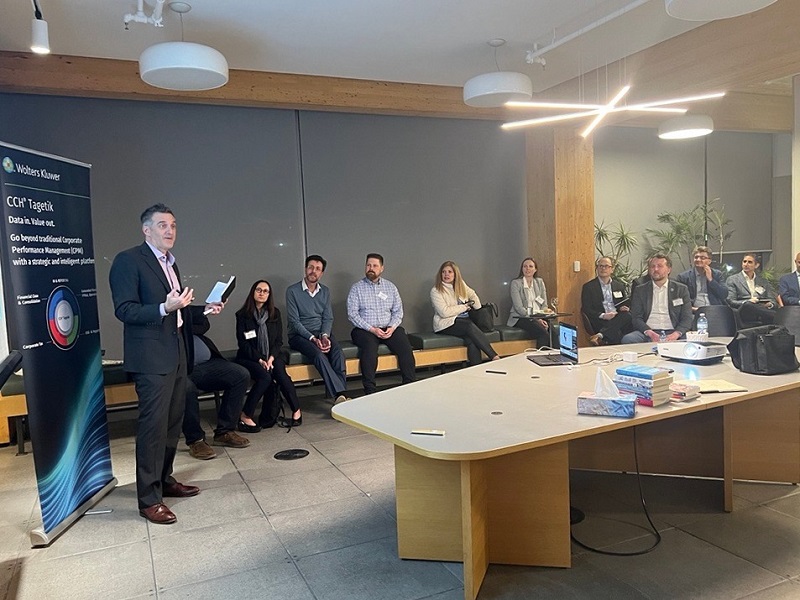
Figure 2: Toronto FP&A Board №8, March 2024
The FP&A Trends Maturity Model presented by Larysa Melnychuk provided a framework for evaluating an organization's stage, benchmarking and creating a transformation map. The forum also addressed the brief history of this tool and deep-dived into the three “soft” and three analytical dimensions of the FP&A Trends Maturity Model. Attendees discussed each of the key areas of development and transformation and emphasized the importance of communication, re-evaluation of results, and constant improvement in driving successful FP&A change.
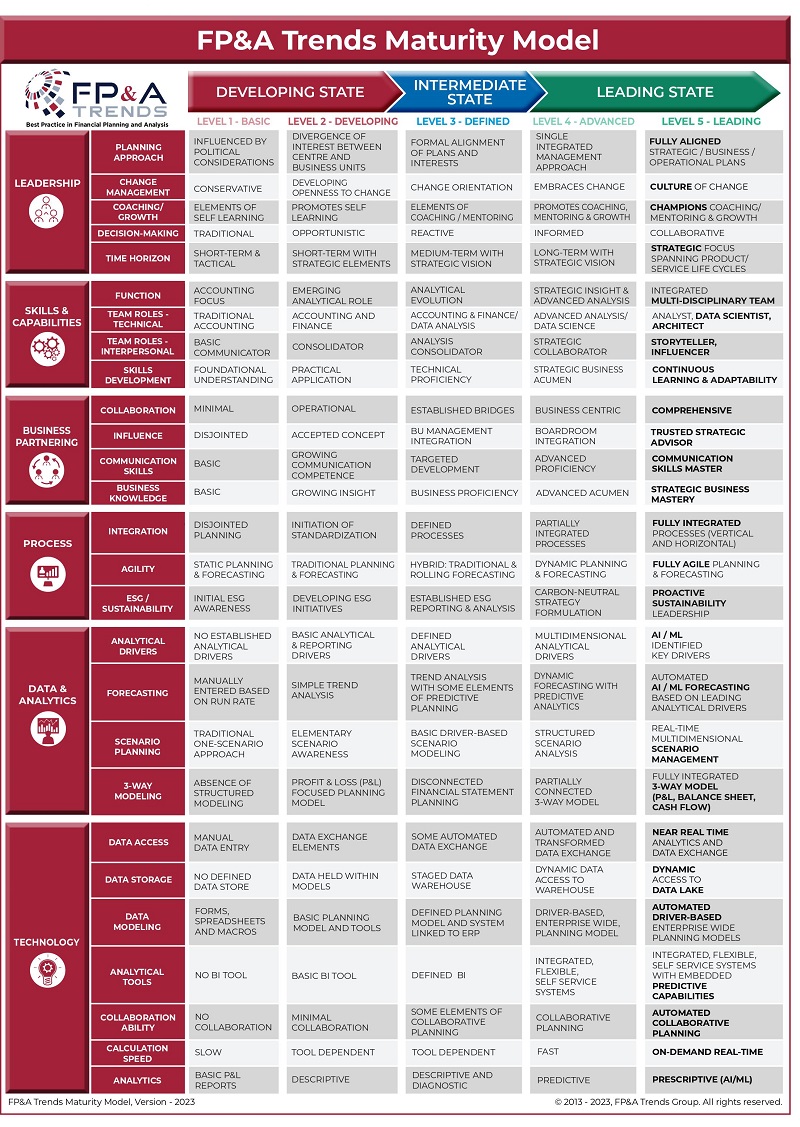
Figure 3: the FP&A Trends Maturity Model
Leadership, Business Partnering, and technology adaptation were identified as key areas to focus on during the transformation journey.
Business Cases
The discussion was followed by practical use cases that walked the group through the two success stories.
Craig Anderson, Senior Director, Financial Planning & Analysis at University Health Network, described a transformation journey shaped by strong Business Partnering, which allowed his organization to align teams and gather the context needed to drive insights and build credibility. Building credibility allowed the team to invest in technology, which helped them to start a virtuous cycle. Technology allowed the FP&A team to deliver more robust and accurate insights, which, in turn, led to a strengthening of credibility.
"Credibility is the currency for transformation. As Jay Conger explained, credibility is a function of both expertise and relationships."
Craig Anderson, CPA, CA
The second use case was presented by Sebastian Lightly, Senior Director, Operations Finance at Four Seasons Hotels and Resorts. Sebastian's team started their transformation journey from talent development. Levelled assessment allowed them to identify skill gaps. On identifying them, the skill-based development blueprints allowed rapid upskilling and mindset shifts across the entire organization, which prepared the team to tackle the next stages of transformation while remaining focused on analytical areas such as data cleaning and system review.
Group Work
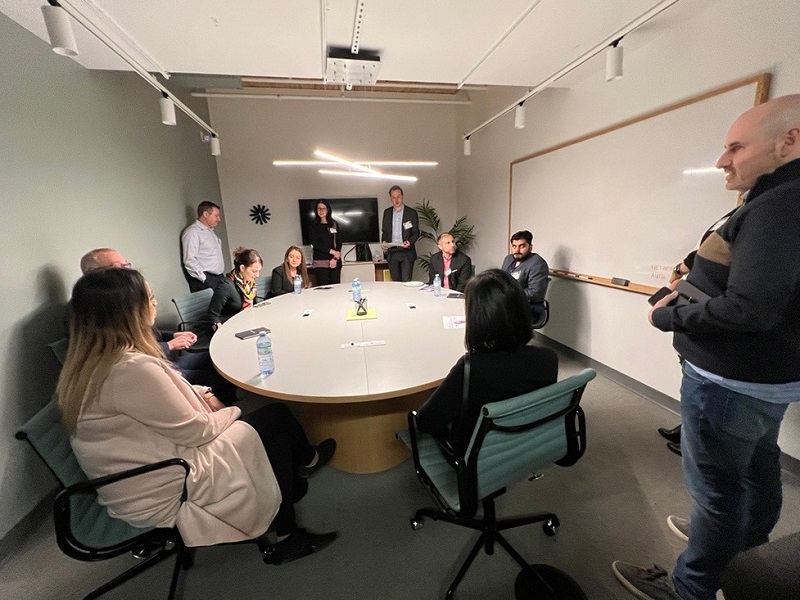
Figure 4: Group Work, Toronto FP&A Board №8, March 2024
Group discussions were focused on practical steps to reach the leading maturity stage in FP&A transformation. The attendees were asked to share their insights, covering three diverse aspects: People and Culture, Data and Models, Systems and Processes.
People and Culture
Cultivating a culture of trust, identifying skill gaps, and nurturing a growth mindset were identified as key strategies for driving transformational change.
Data and Models
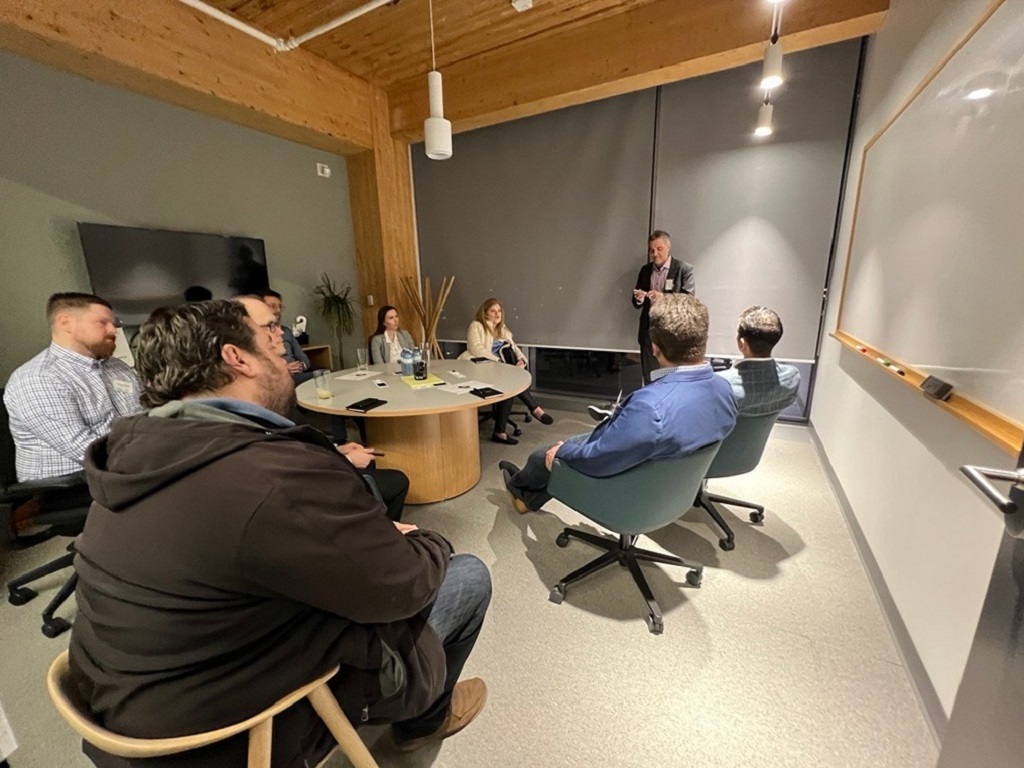
Figure 5: Group Work, Toronto FP&A Board №8, March 2024
Addressing challenges related to data quality, legacy systems, and poor data integration were highlighted as critical focus areas.
Systems and Processes
Improving systems and processes, including their consistency and flexibility, was deemed essential for navigating a successful transformation.
Conclusion
The Toronto FP&A Board meeting provided valuable insights into the complexities of FP&A transformation. By assessing the current and desired states, setting realistic targets, advocating for change, and proactively addressing challenges related to alignment, talent, data, and processes, organizations can steer the transformation journey more effectively and drive sustainable growth and innovation in the FP&A function. The FP&A Trends Maturity Model is a practical tool that can help you evaluate where you are on the scale and tailor a roadmap for elevating your FP&A Maturity.
Our Sponsor and Partners
We would like to express our gratitude to Wolters Kluwer/CCH® Tagetik for sponsoring this event. Many thanks to IWG and Robert Walters for their tremendous help with the event organization.

